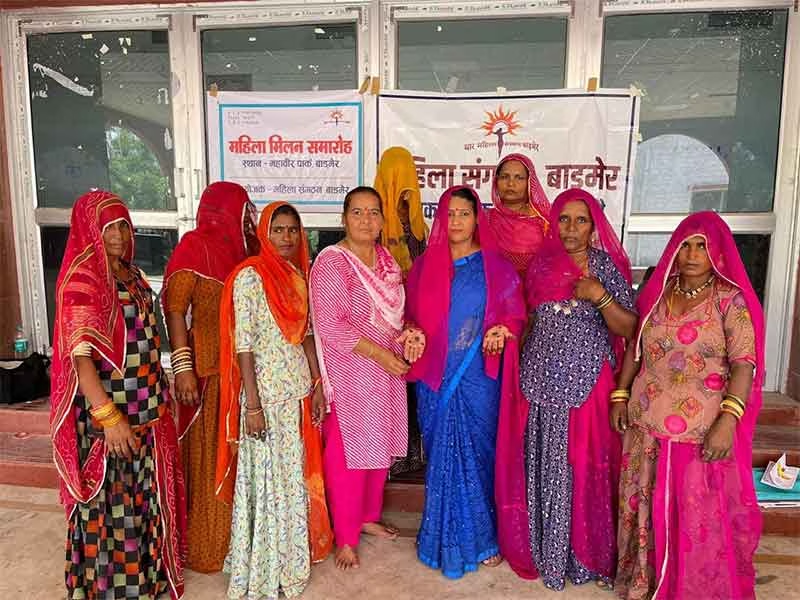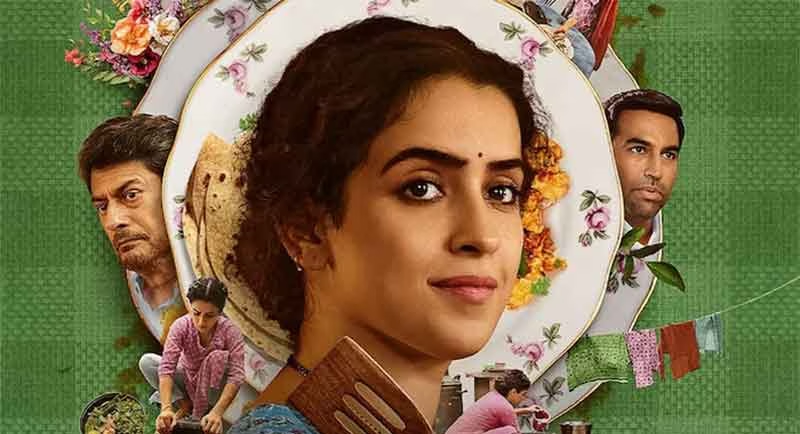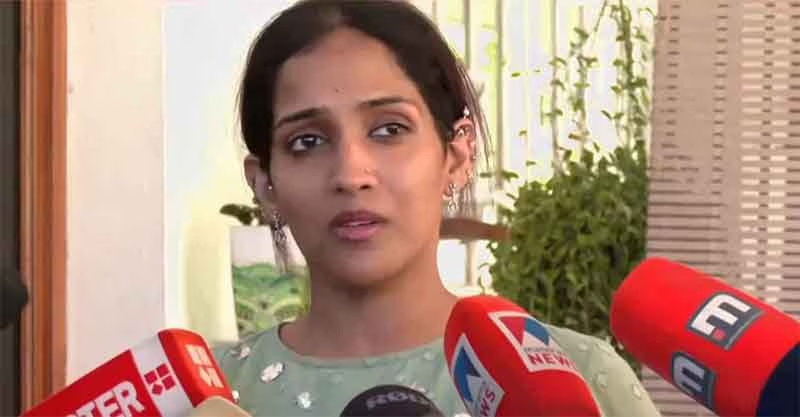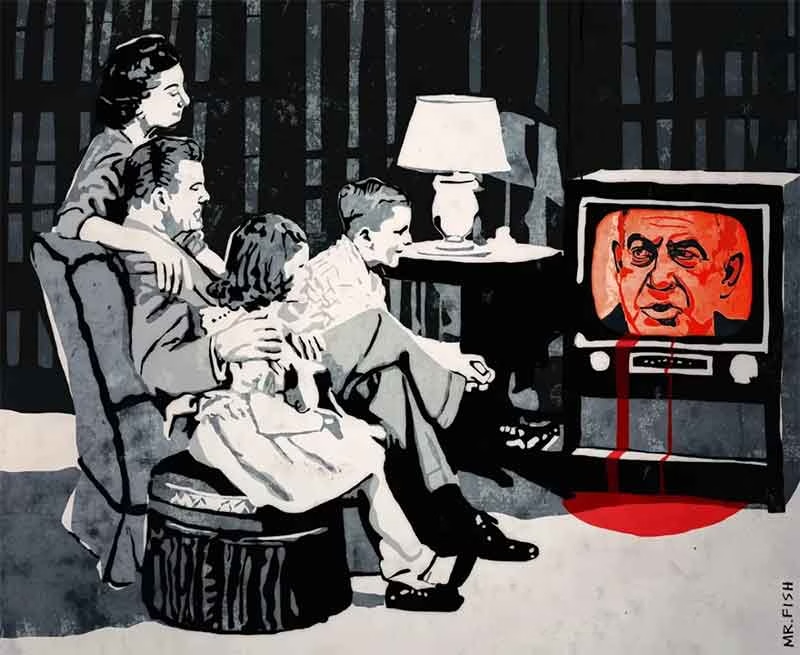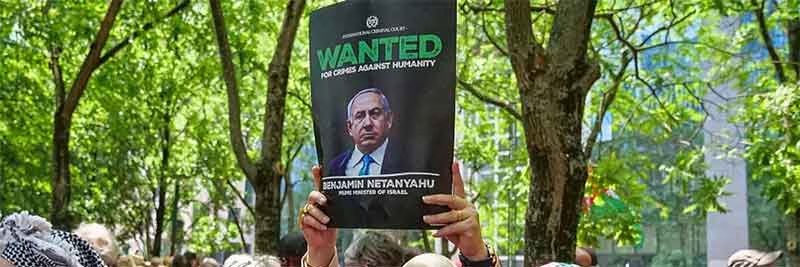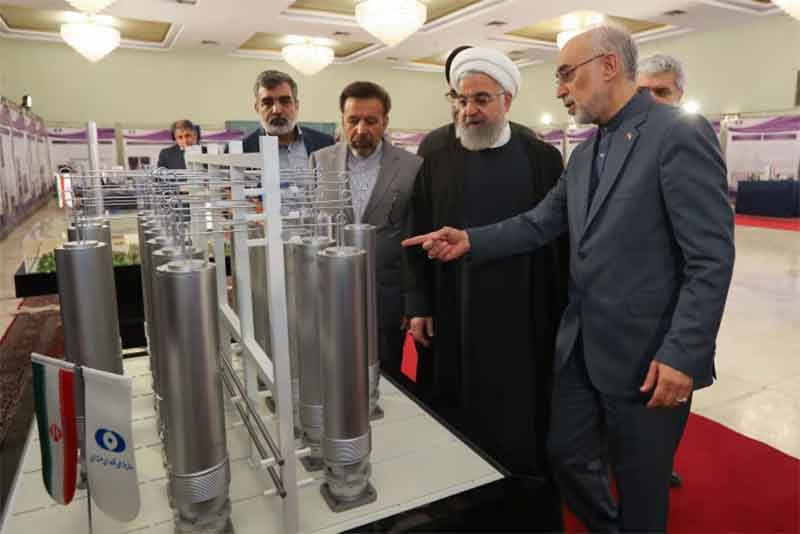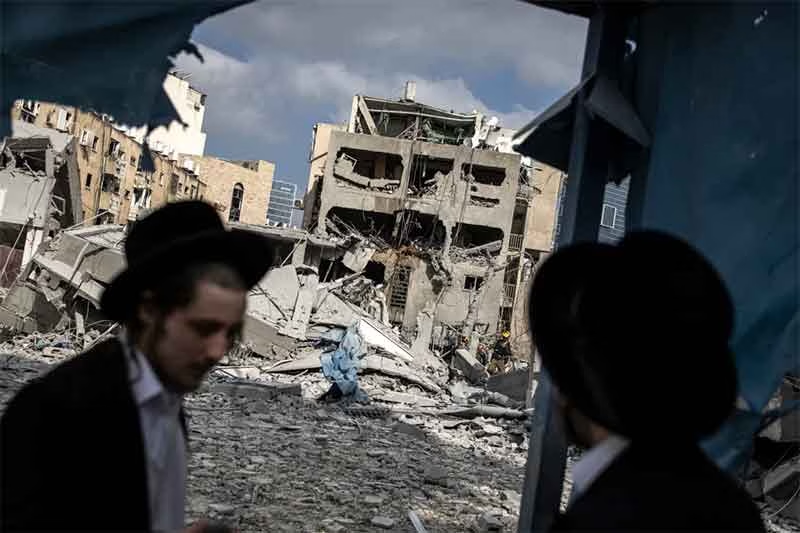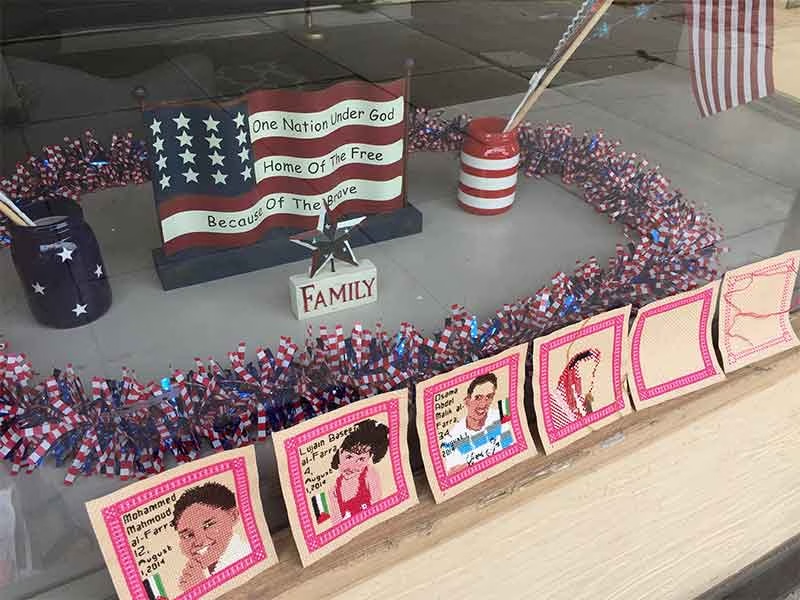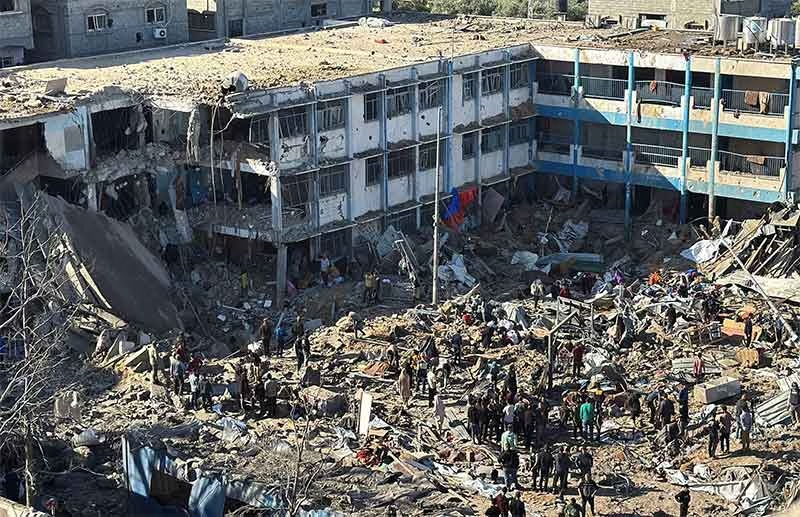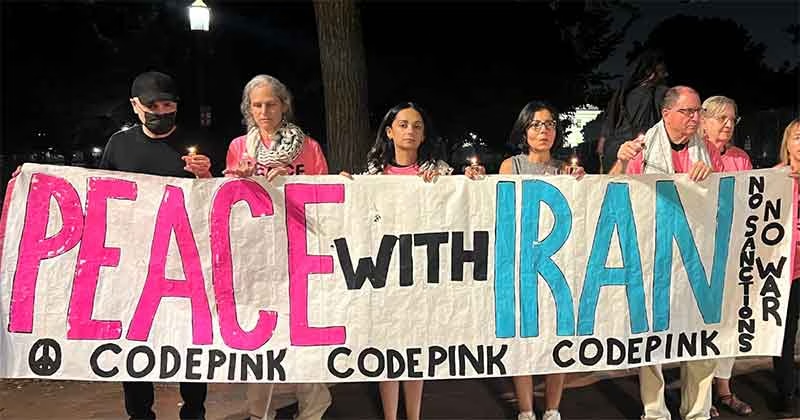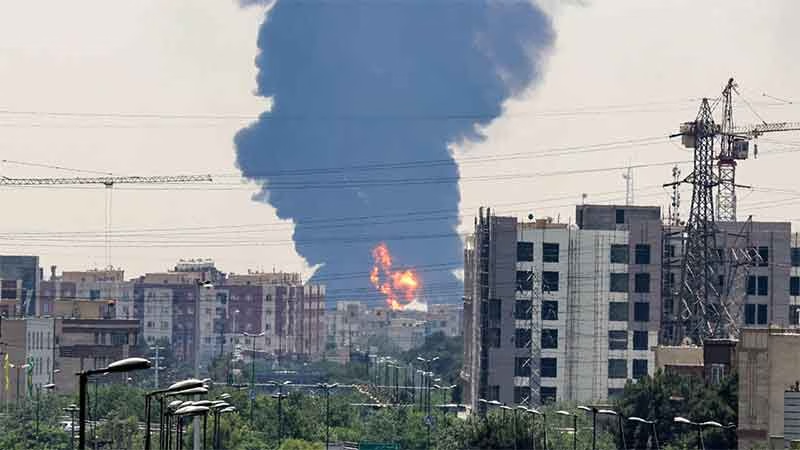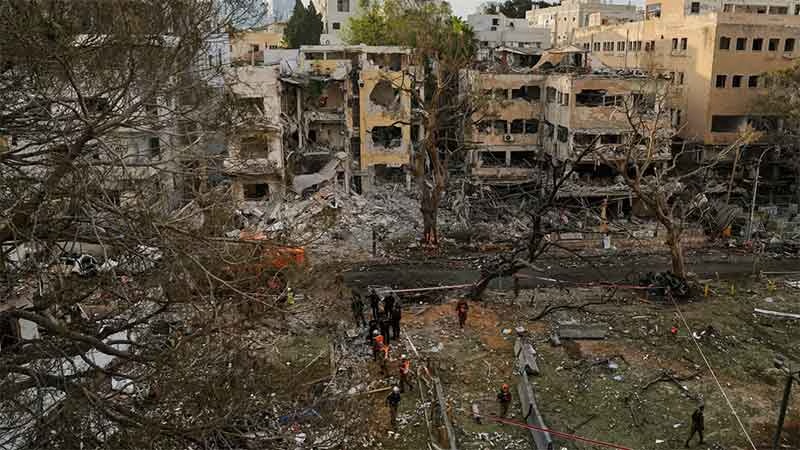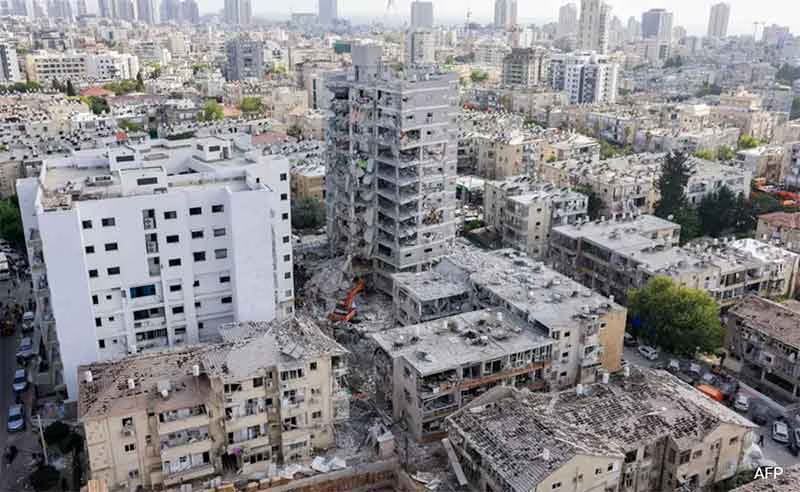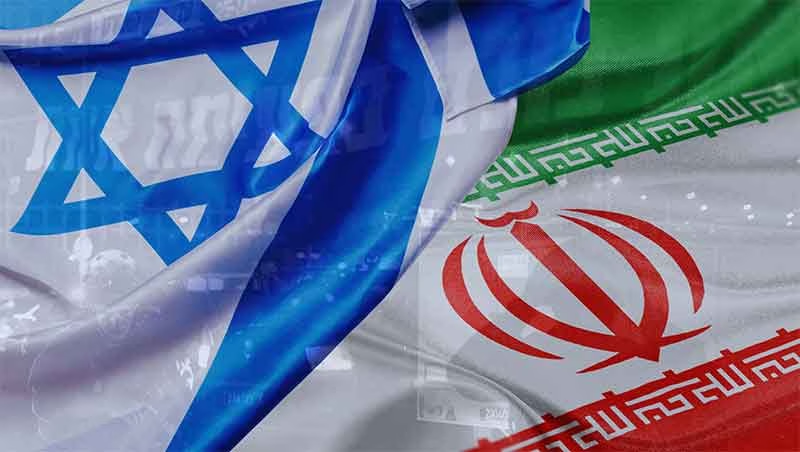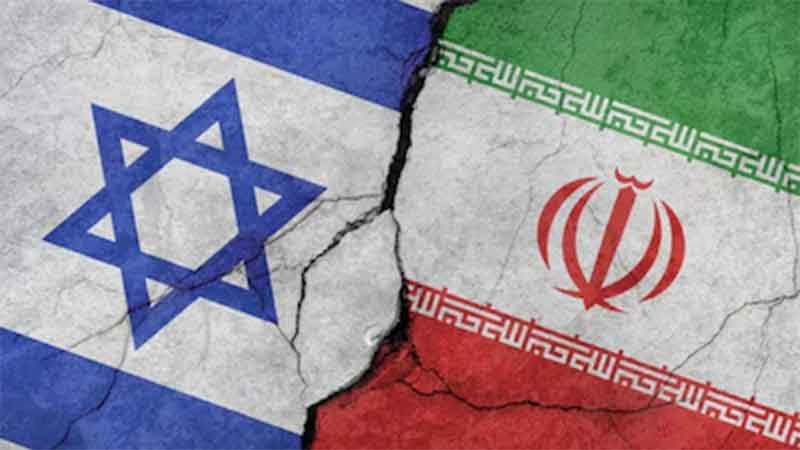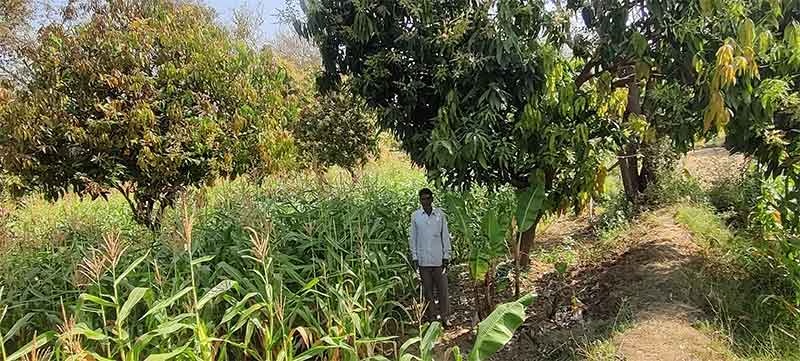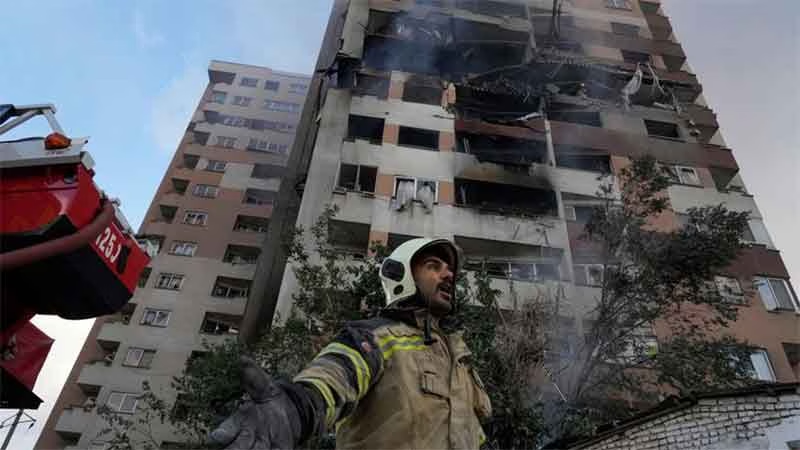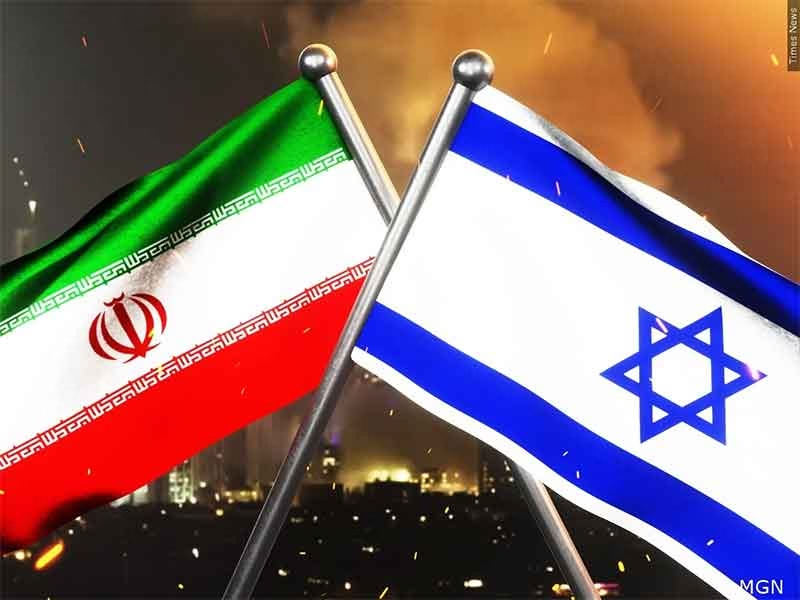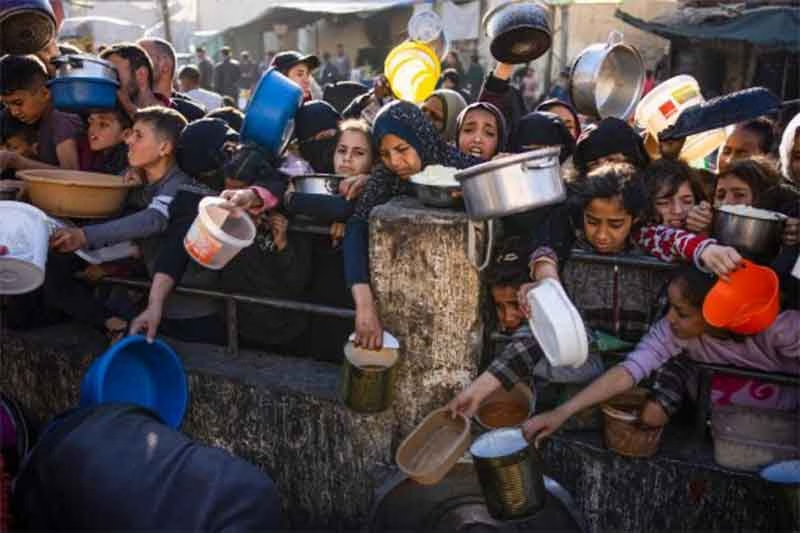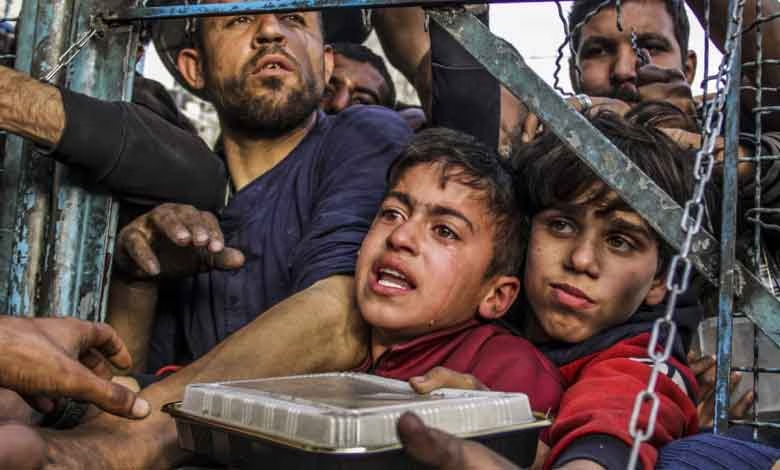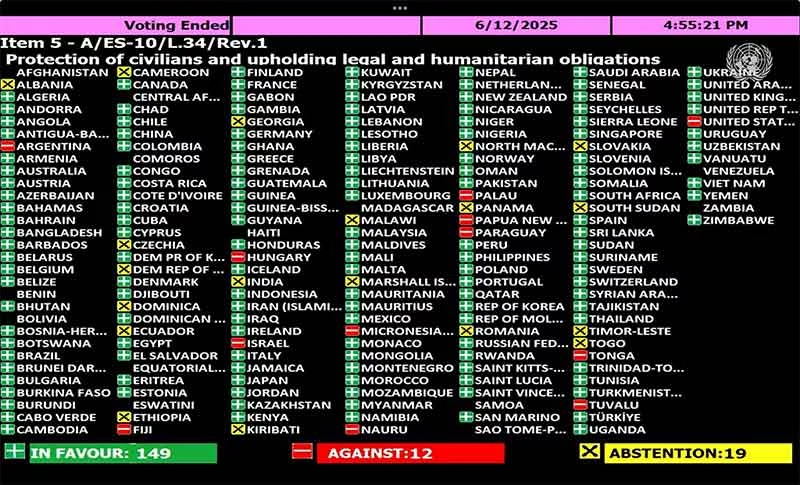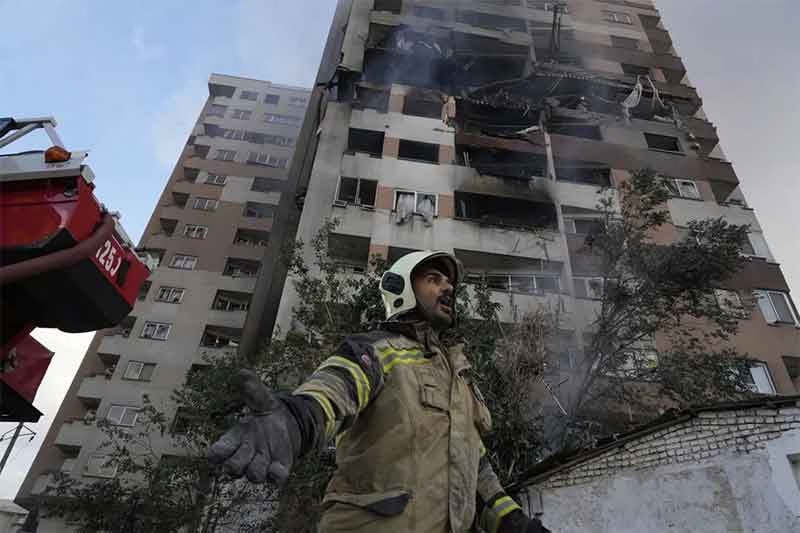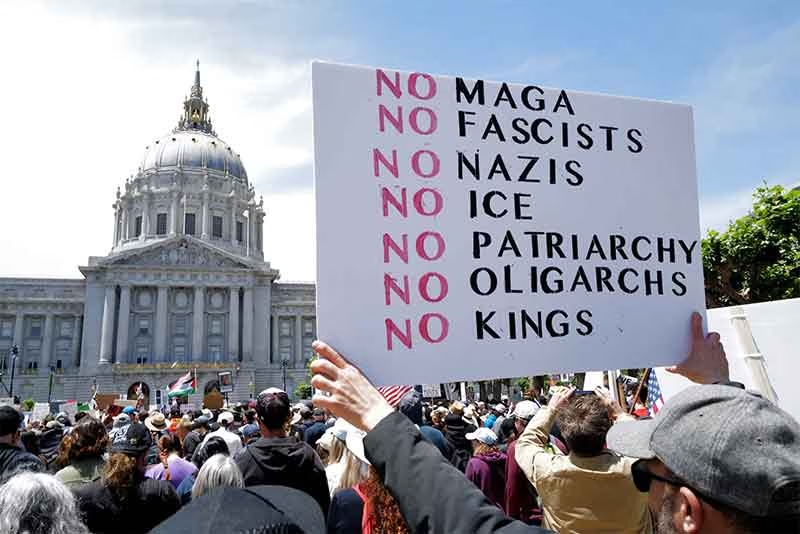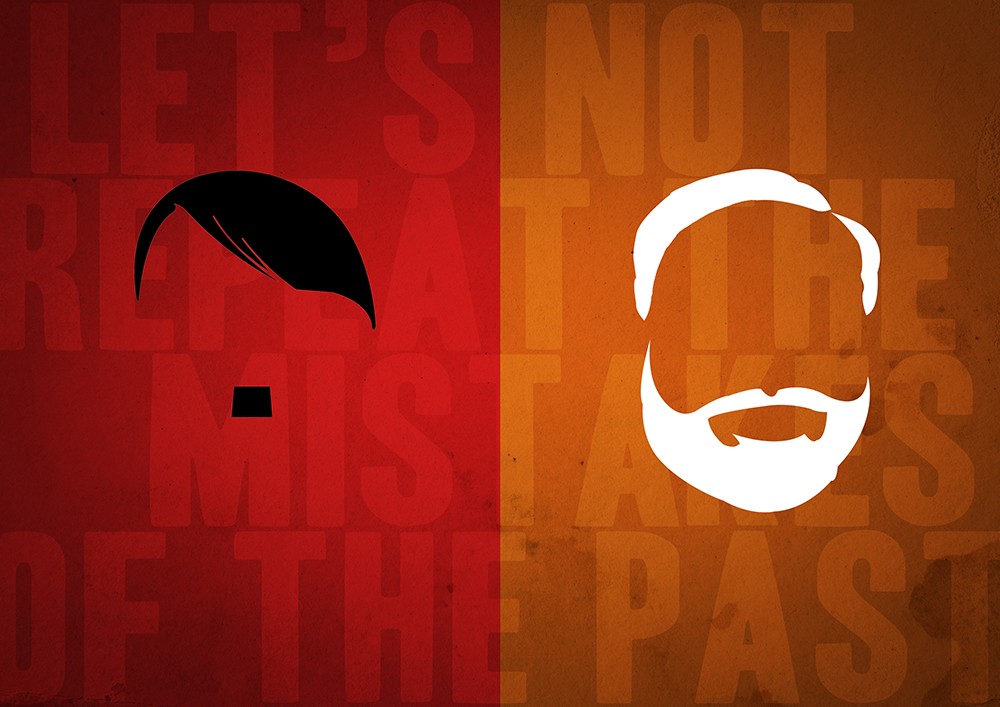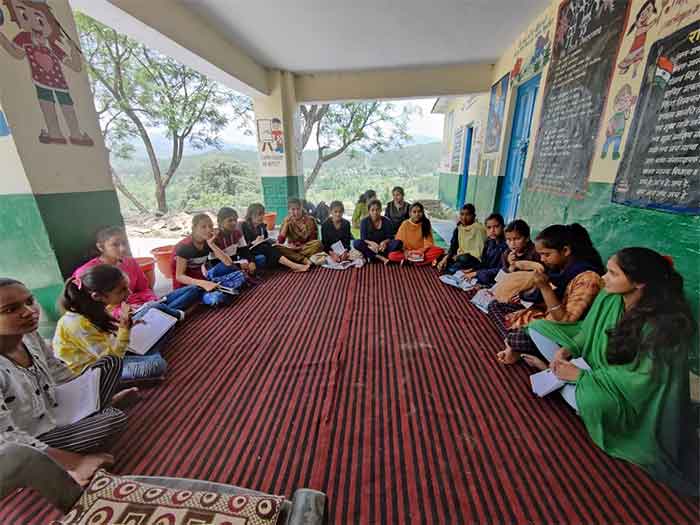
Living in the mountains is not easy as opposed to the hype that is shown to us these days through social media platforms. It is a hard life particularly for adolescent girls who have to face immense hardships. The villages, tucked away in gigantic mountains, follow patriarchal traditions that not only discriminate but oppress girls – the gendered caste-class divide is rampant.
Several reasons prevent adolescent girls from living their best lives in the mountains. Lack of financial resources is one of the major hindrances in girls’ education. Then, there are gender biases as in these villages, boys are given all the opportunities on a plate while girls have to struggle really hard. “It is mostly boys who go to private schools, we girls mostly go to government school,” said Jyoti, an adolescent girl from Charson village in Bageshwar district. “Not that government schools are bad; in fact, they are better than private school. But higher education is preferred more for boys and girls are expected to get married,” she added.
The silence, repressed desires, and ambition become more solidified as we go further into the interior areas, away from the market, connectivity, and network. Women, more specifically Dalit and Adivasi women are the ones who are most affected by this underdevelopment, as they’re the ones whose population is more concentrated in these inaccessible villages of the state.
Uttarakhand has the highest percentage of Brahmins, according to a 2007 study by the Center for the Study of Developing Societies. Brahmins account for approximately 22-25 percent of the population, while Thakurs account for approximately 35 percent; scheduled castes account for 19 percent of the population, Muslims account for 14 percent, other backward castes account for less than 5 percent, and STs account for approximately 3 percent. Despite these numbers, the most striking thing about Uttarakhand is the complete absence of Dalit and Muslim identity politics. Due to the hegemony of Brahmins and Thakurs no politicians have publicly addressed the complex religious and caste identities of Uttarakhand. According to a report, in nearly 22 years of Uttarakhand’s existence, the leading political parties have picked only a Thakur or a Brahmin candidate as the Chief Minister.
This background plays a major role in shaping the development and underdevelopment of Uttarakhand. The remote villages with more SC and ST populations are severely underdeveloped in terms of human development index and basic infrastructure. Although it affects the entire population residing in these villages, adolescent girls are most affected.
Neelam Grundy, a social worker from the region, mentioned how women and girls from lower castes face double discrimination. “Women and girls are anyway considered second class citizens, but as members of the lower caste communities, they become ‘untouchables’,” Neelam expressed.
“In schools, teachers ask lower castes students to fetch drinking water and food for them. If anything becomes dirty, they’re the ones who are asked to clean,” said Tanya, an adolescent girl from Charson Village.
Like any other Indian society, Uttarakhand too is hierarchical, but the only difference is that there is no buffer of intermediate castes between the upper castes and the scheduled caste, which is one of the reasons why the latter is not able to mobilize or create pressure groups that could challenge the hegemony of Brahmanical society. The absence of identity politics completely silences them. One cannot talk about gender rights or equality without intersectionality. Feminism without intersectionality is like a black hole, where every sound and light are absorbed and lost forever, and all that remains is darkness and silence.
Priyanka Minj is a student of MA Development Studies at Azim Premji University, Bengaluru. Share your feedback on [email protected]
Charkha Features

